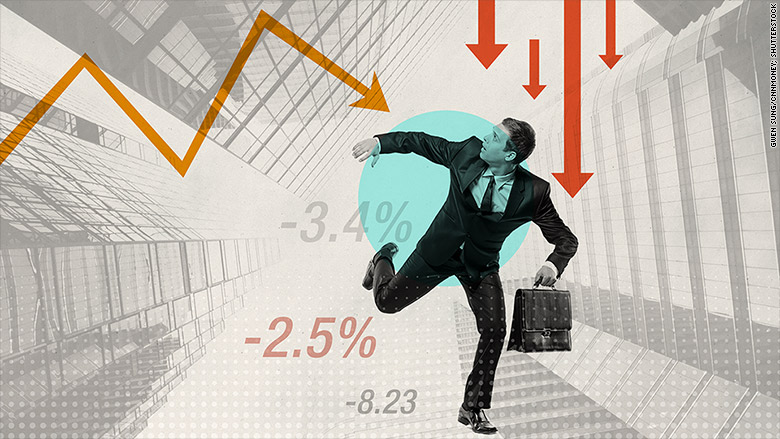by Isaac Presley, The Cordant Blog
Should we invest based on economic forecasts or the potential growth rates in different countries?
Country XYZ is growing really fast right now. Should we increase our allocation to this part of the world?
The economy of the ABC region is really terrible right now. Shouldn’t we just avoid it altogether?
Here at Cordant, we hear these types of questions often. It’s a common perception that high growth countries automatically lead to higher investment returns—but this isn’t always true, for a very important reason:
The stock market is not the economy.
The disconnect between growth and returns
This is demonstrated in Larry Swedroe’s article “Investment Lessons from 2014” —where he uses China and the U.S. as an example of this incongruence.
Over the five year period from 2010 – 2014, the Chinese economy grew at an average rate of 8.5% annually—a number that dwarfs the U.S. growth rate of just under 2%. Many might consider this an opportune time to be investing in China.
However, investors in Chinese stocks (using the most popular China ETF: FXI) earned just 1.7% annually over this period—vs. 15.3% annually for investors in U.S. stocks (ETF: SPY).
Let’s look at this from another angle. What happens when we compare two major, developed economies with similar growth rates?
Over this same period, the U.S. and U.K. economies both had growth rates bouncing around 2%. However, U.K. equity investors (ETF: EWU) earned 6.3% annually over the period (compared to the 15.3% for U.S. investors).
Could this five-year period be just an anomaly? According to the Economist, a study by professors at the London Business School (Dimson, Marsh and Staunton) found that going back to 1900, there was actually an inverse relationship between GDP growth per capita and investment returns.
Higher growth rates on GDP per capita, on average, led to lower investment returns.
To evaluate the relationship between country growth and following year investment returns, they also divided countries into groups based on the last five years of GDP growth. The high growth countries had a 6% average return in the next year—vs. 12% for the low growth countries.
The report concluded that it “found no statistical link between one year’s GDP growth rate and the next year’s investment returns.”
Underlying causes
So, what’s going on? Why doesn’t higher growth lead to higher investment returns?
The first (and likely most important) reason is that countries with high-expected growth rates tend to be expensive. This optimism about the economy in a country tends to push up the prices for its companies today, and therefore reduces future returns.
Remember that the fundamental goal of investing is to buy low and sell high—and with growth countries (as with growth stocks) you are often forced to buy high.
Second, the stock market in any given country doesn’t fully represent the economy in that country. A country’s stock market doesn’t include privately held business or foreign companies operating domestically. This is especially true in developing countries, as markets are also less developed—and less of GDP is reflected in the publicly traded markets.
So what does work?
In short, it’s about paying attention to the price you pay. To quote the Economist:
What does work? Over the long run (but not the short), it is valuation; the higher the starting price-earnings ratio when you buy a market, the lower the return over the next 10 years.
So, the price you pay does matter. This is why it’s especially important right now to avoid the “Home Country” bias that most investors succumb to.
Copyright © The Cordant Blog
















